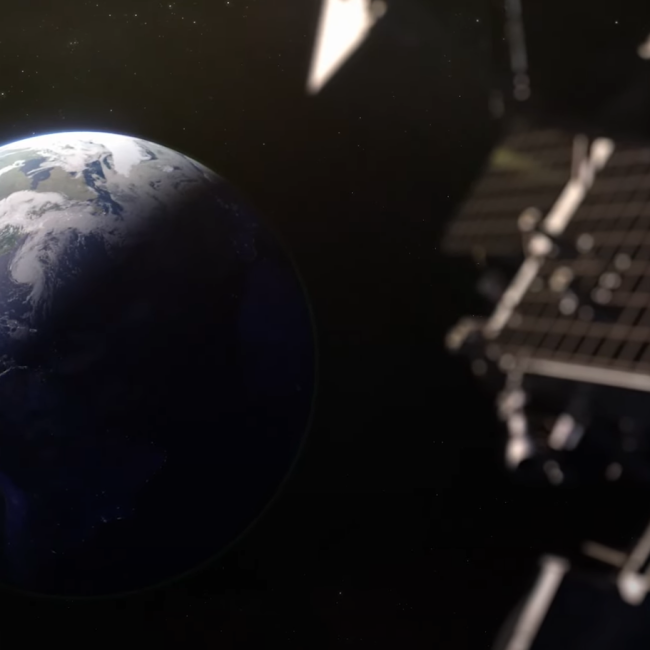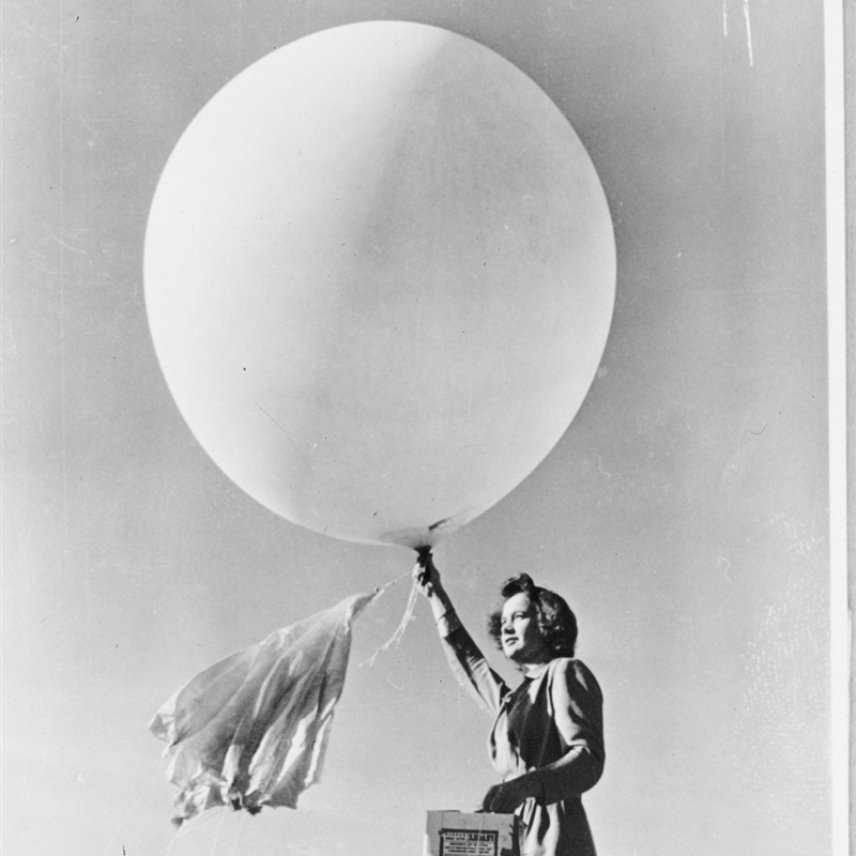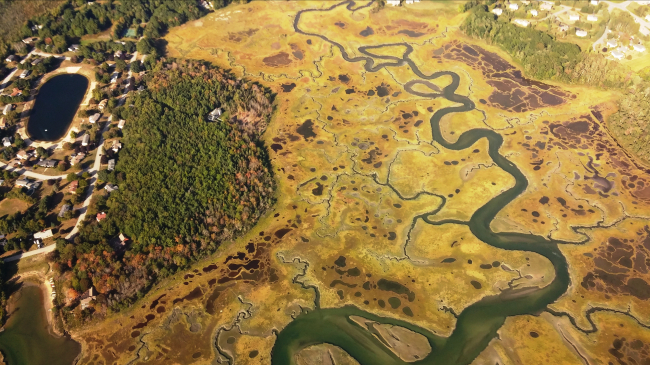“I said, love is the seventh wave.” - Sting
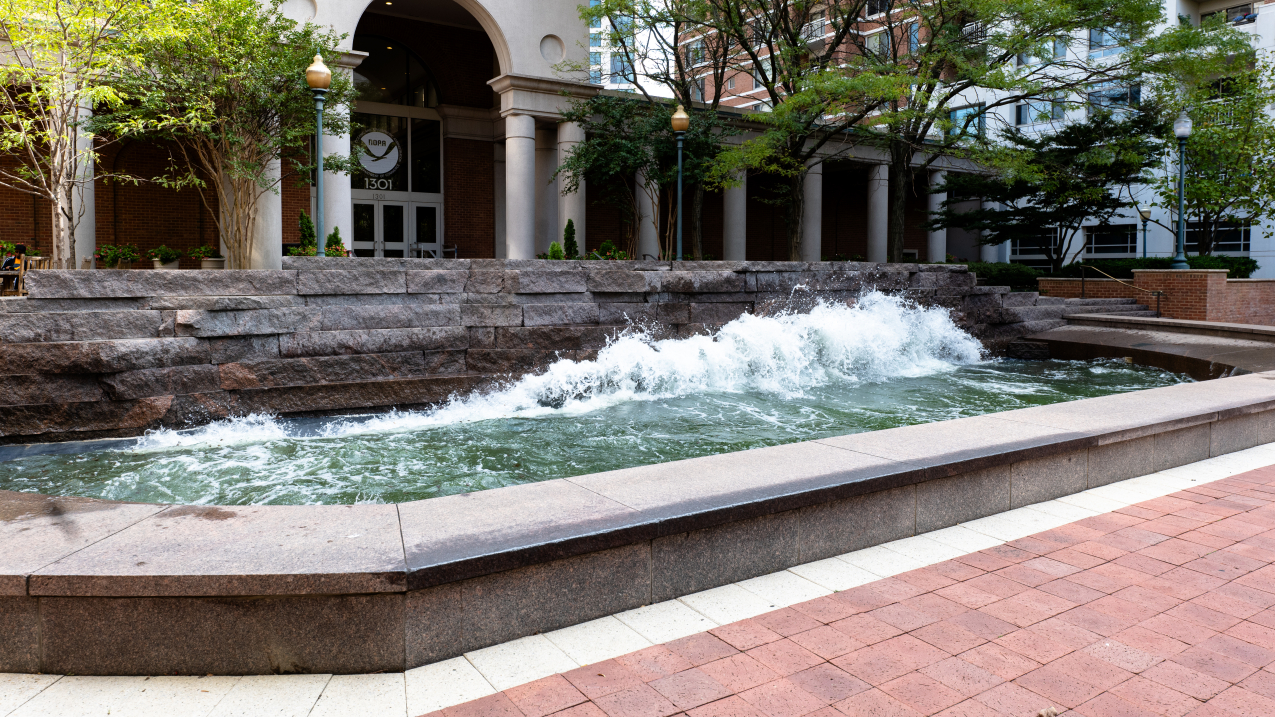
The “Coastline” wave pool art installation outside NOAA’s Silver Spring, MD campus. (Image credit: NOAA Heritage)
Both NOAA employees and frequenters of downtown Silver Spring, Maryland seem to have a fascination with the wave pool in front of NOAA’s campus. And why wouldn’t they? The gorgeous, calming crashing of its waves make the courtyard it resides in a perfect spot for lunch or just a moment of relaxation.
But just like the ocean and its waves inspire lore, these rhythmic waves also have also been tied up in myths and misconceptions, and it’s time to bust those myths.
Artist Jim Sandborn created the “Coastline” art installation for NOAA in the early 1990s. He was inspired by a wave pool he once saw in front of a hotel in Mexico City. This one was a round bowl with the waves circulating inside of it, but Sandborn wanted to emulate waves crashing against a rocky shoreline. As he worked on the design, Sandborn visited various coastlines from Massachusetts to Maine and took charter boats out to watch how the waves broke against the shore. He then created a small working model of his concept inside his studio.
Video file
Even ocean art attracts ocean lore
Many people believe the “Coastlines” installation’s waves reflect the actual waves that are monitored by a NOAA tide gauge on the Woods Hole Oceanographic Institute campus in Woods Hole, MA. “It was a dream of mine to get it connected to Woods Hole Oceanographic Institute,” says Sandborn. Unfortunately, it couldn’t be done.
Instead, the installation is run by a pneumatic system housed in the garage underneath the courtyard. It has settings that change the timing, pressure, and height of the waves, which can be set to break as high as twelve feet into the air.
Sandborn programmed the wave generator so the waves form in a pattern. This is where a second myth related to “Coastline” comes in.
Ocean waves come in sets, and there is an old belief, immortalized in the Sting song, “Love is the Seventh Wave,” that every seventh wave is larger than the rest. There is a bit of truth to this, but it is not quite that simple. Waves tend to collect in groups and as they travel farther from their source, the wave patterns become more predictable. They ramp up to a crescendo, then subside back to smaller waves. The number of waves in a group can vary from just a few to a dozen or more depending on the precise mixture of waves traveling toward shore, with the larger waves in the middle of these groups. For an average, seven is not a bad guess, but definitely not a given.
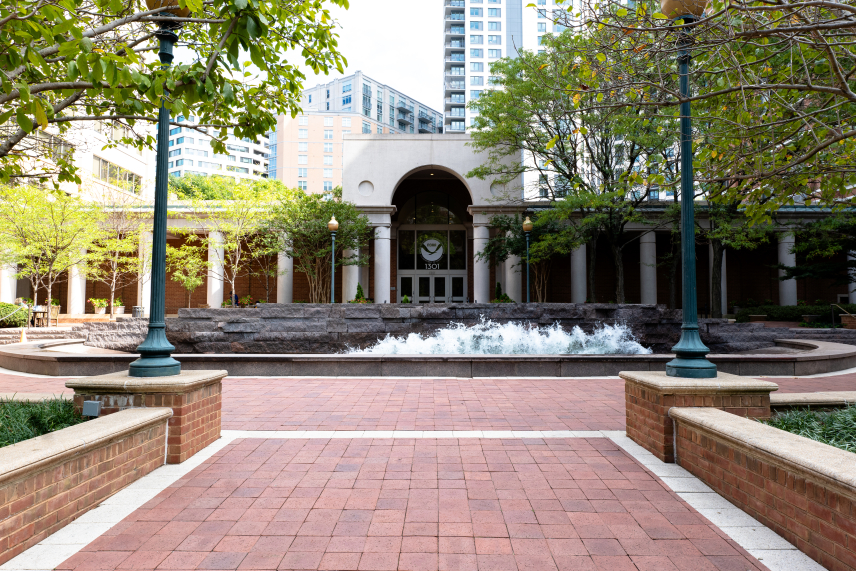
Despite the myths regarding its waves being untrue, the “Coastline” wave pool has a strong hold on the hearts and imaginations of NOAA employees and locals alike. If you're in the area and would like to visit, it can be found in the courtyard in front of 1345 East-West Highway in Silver Spring, MD.


